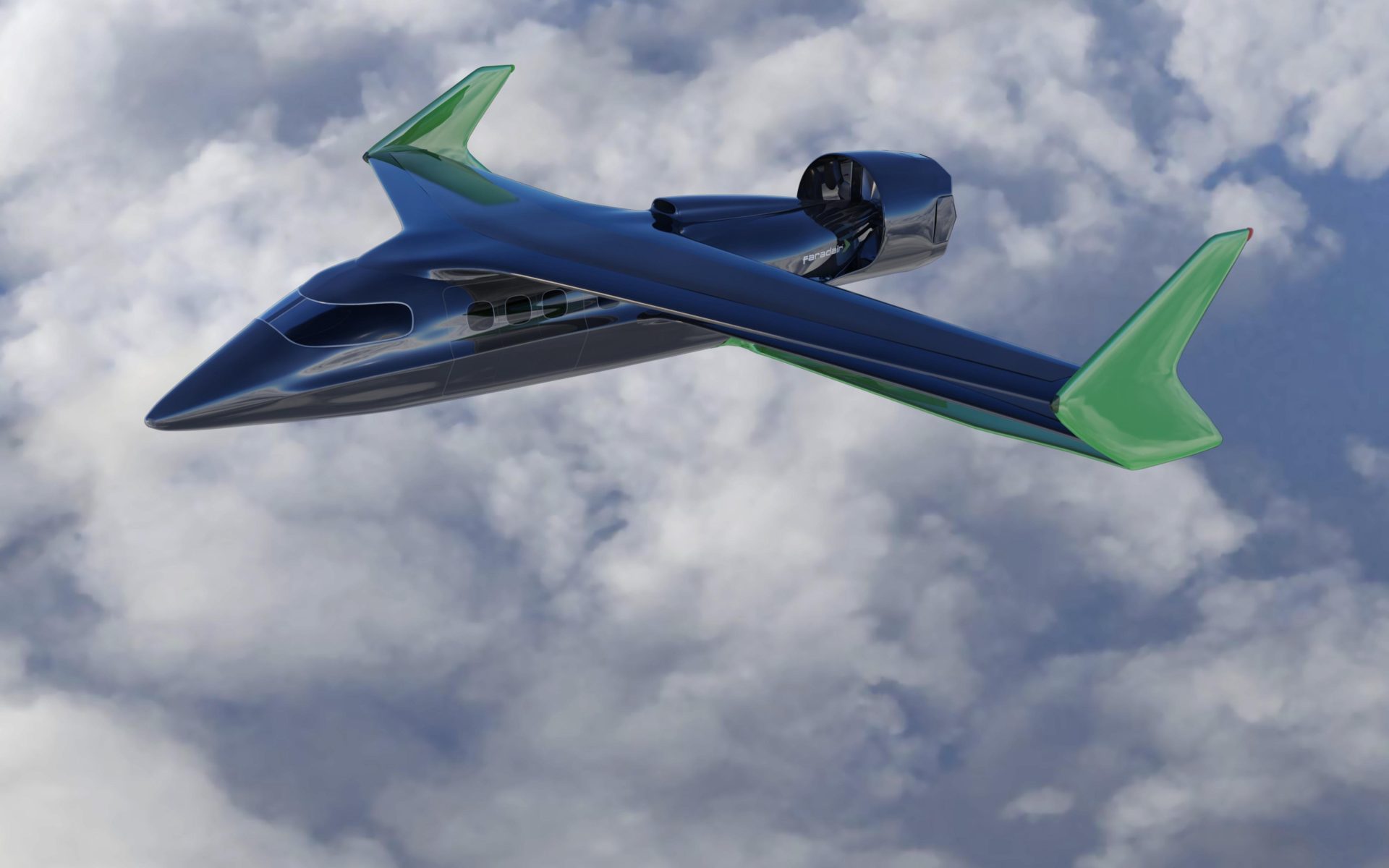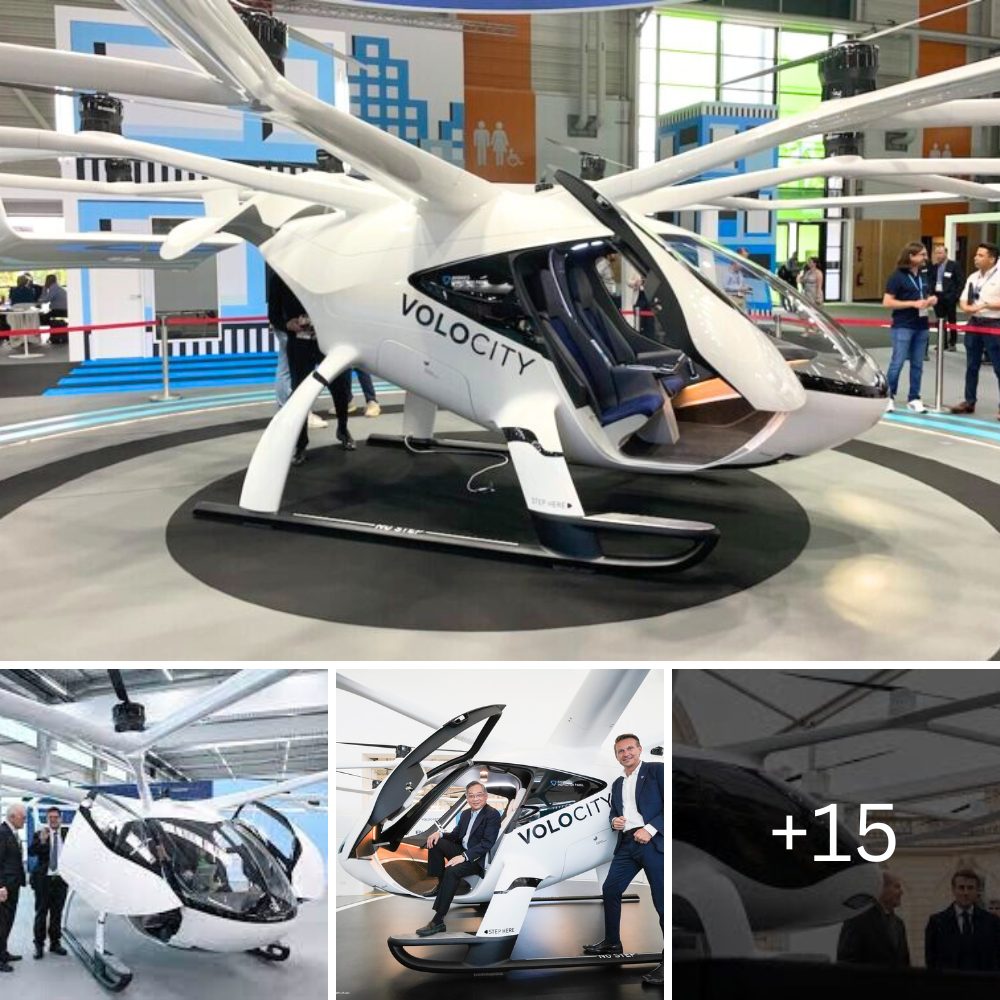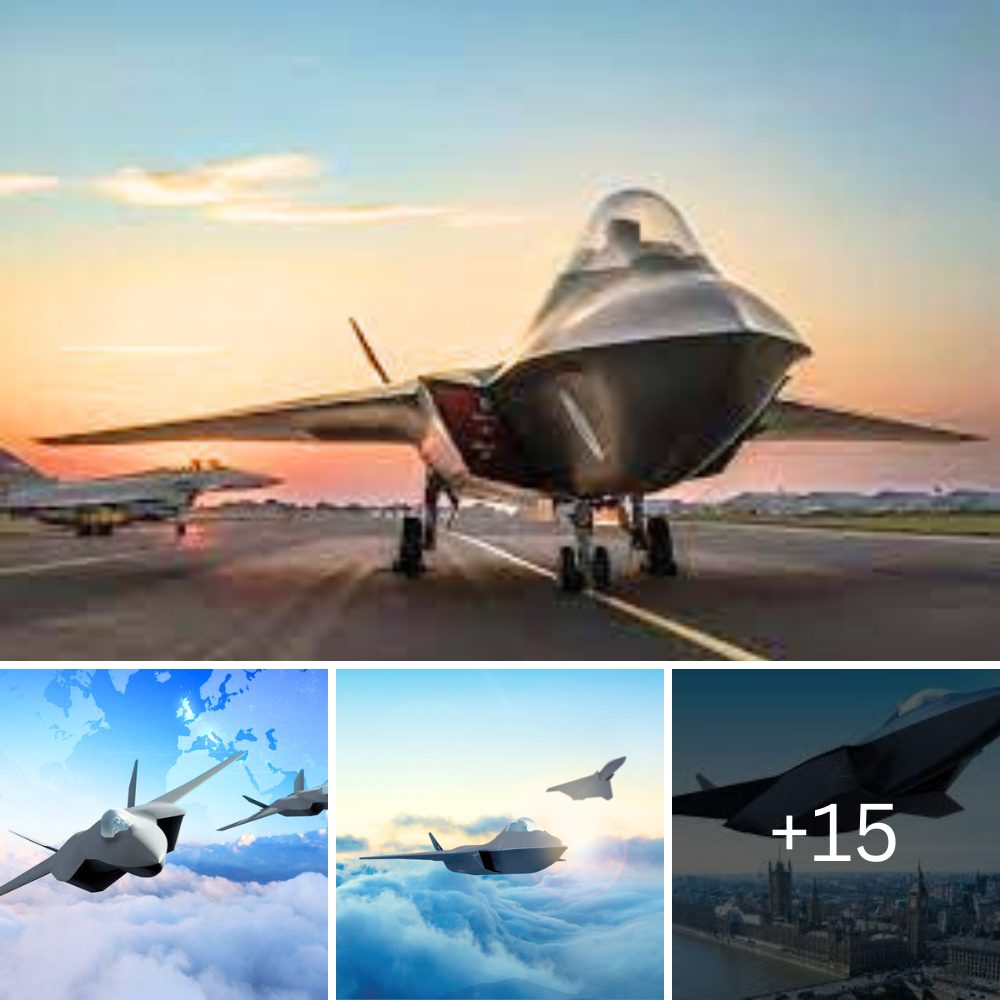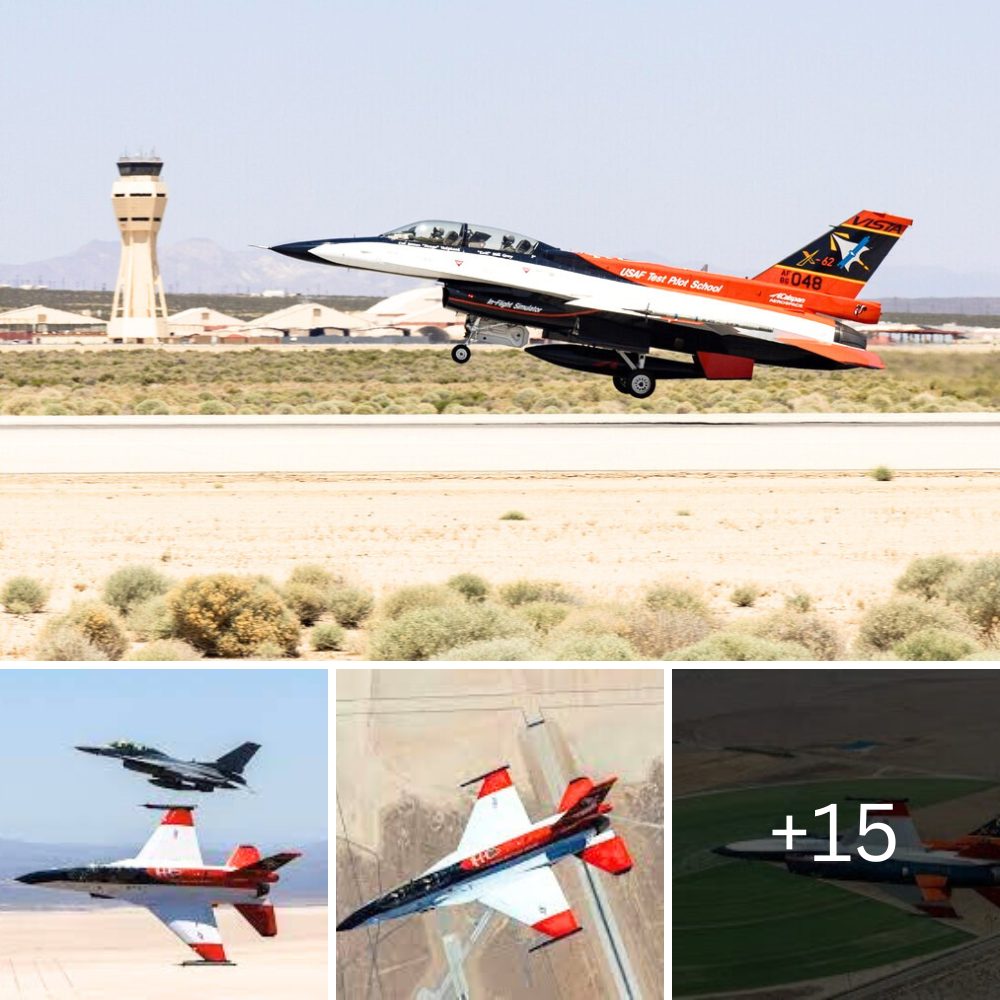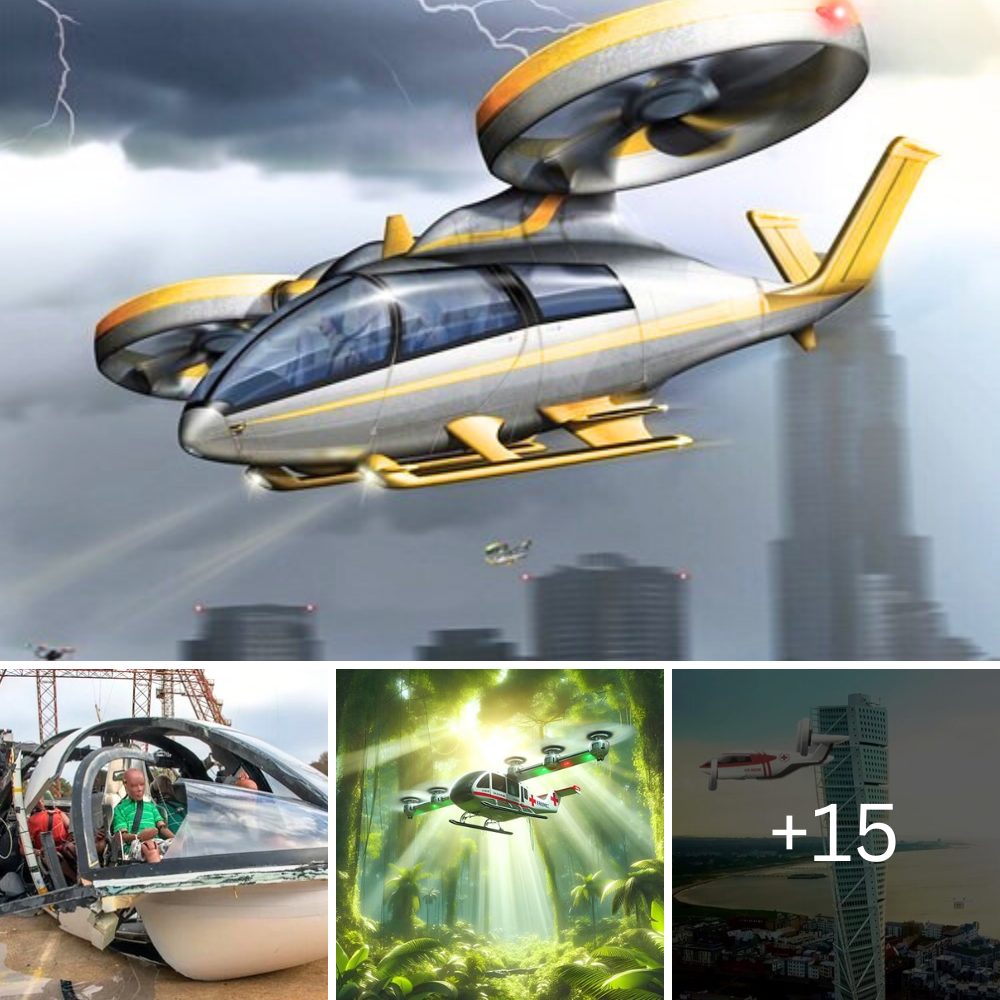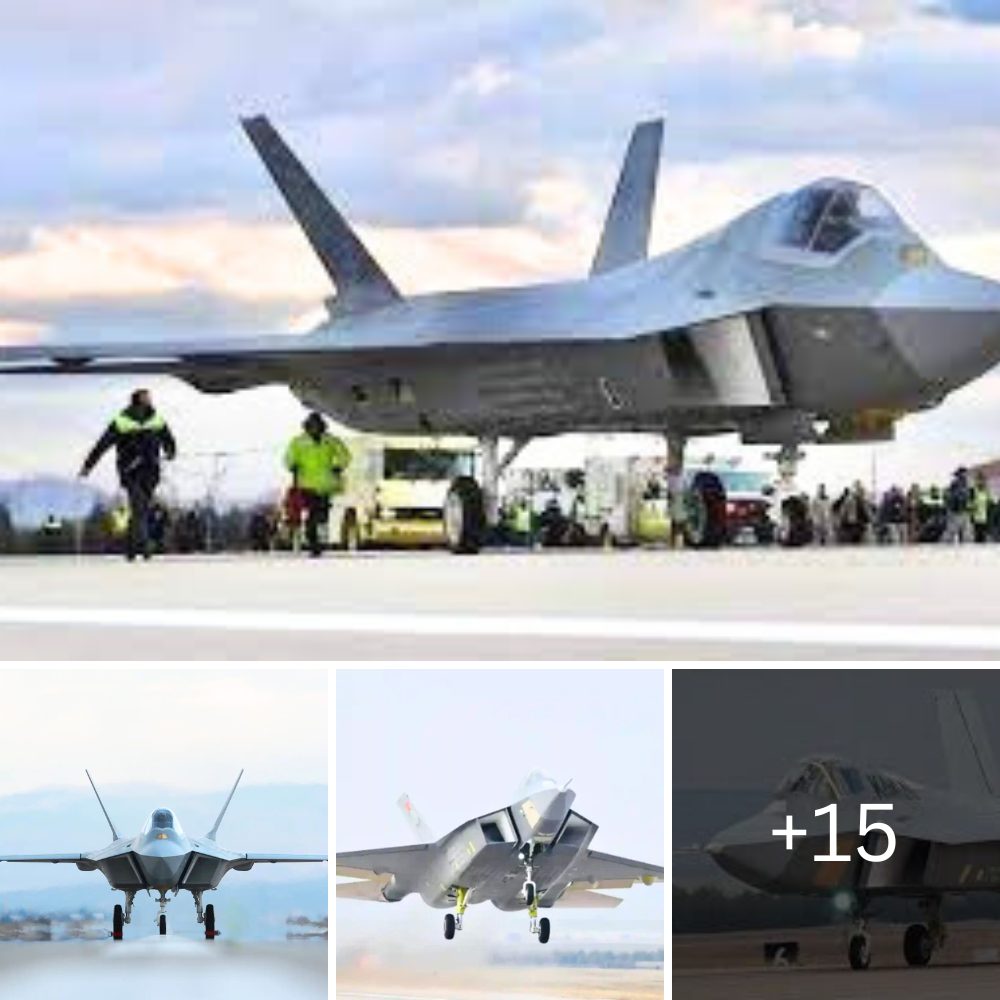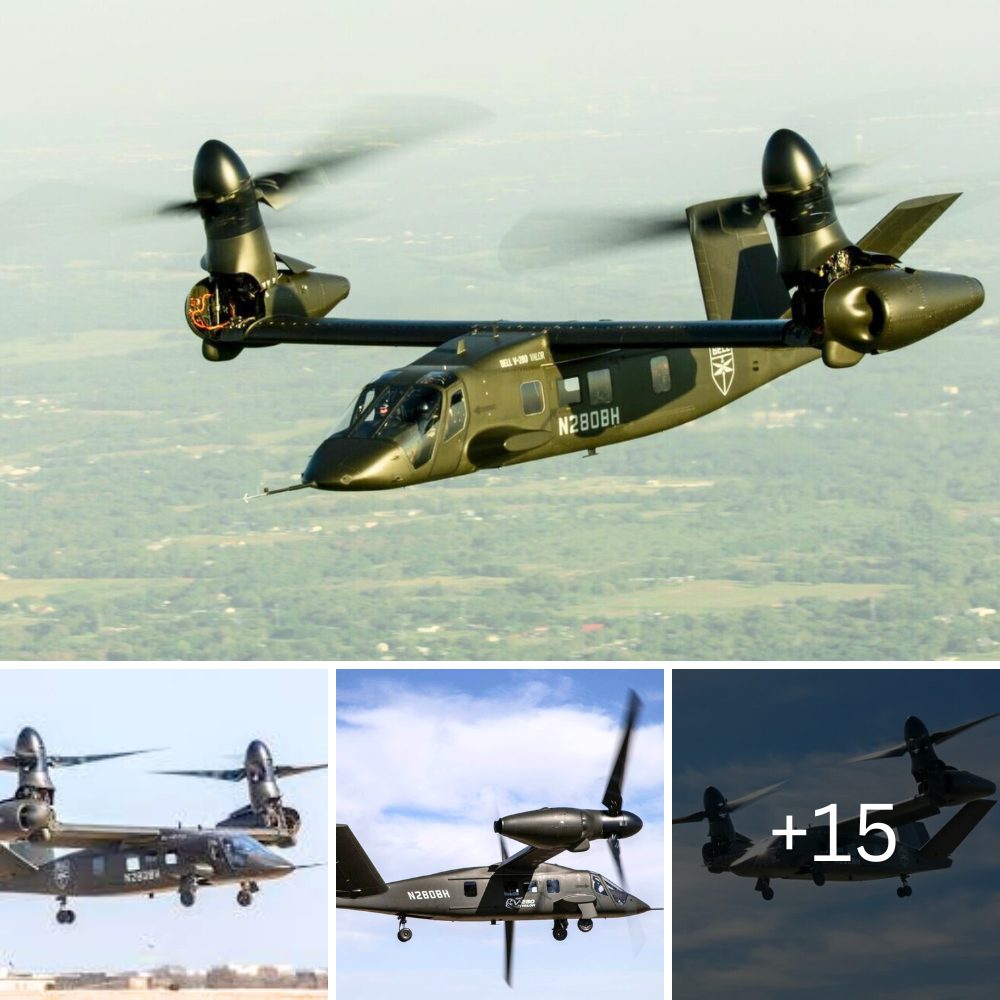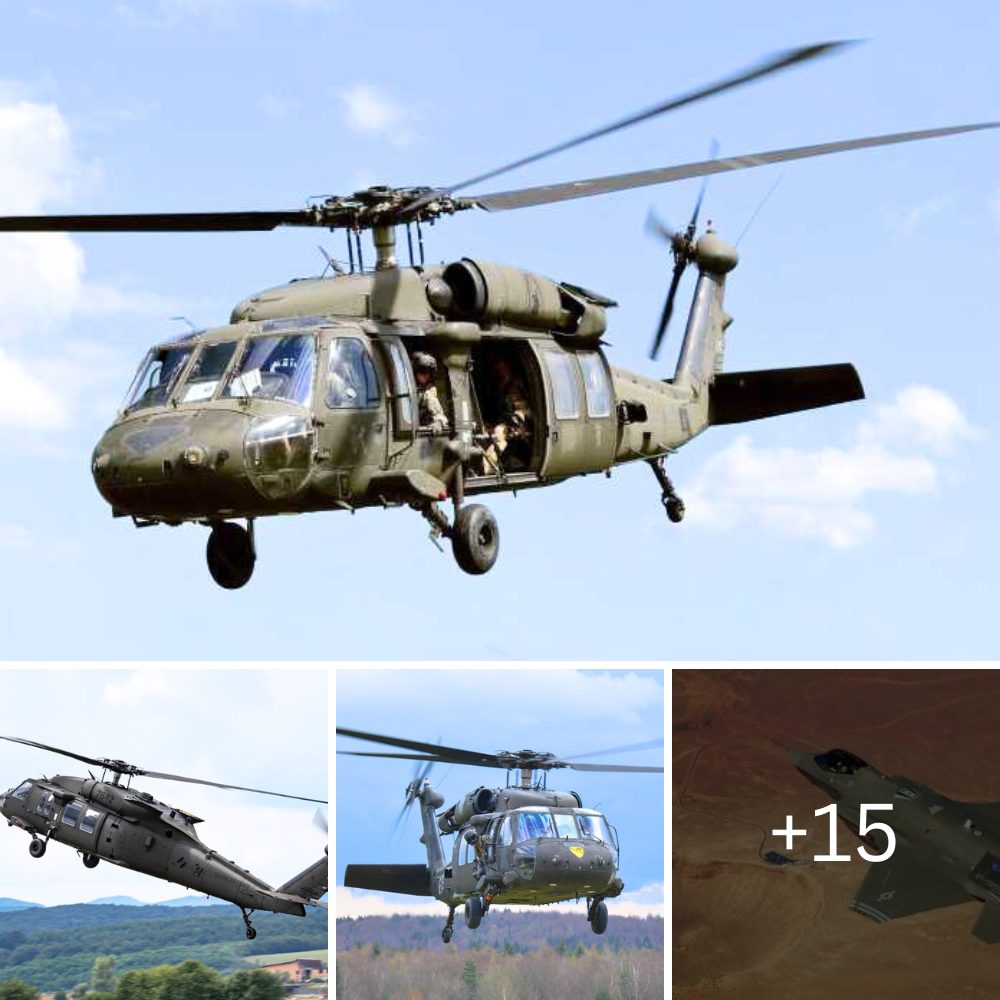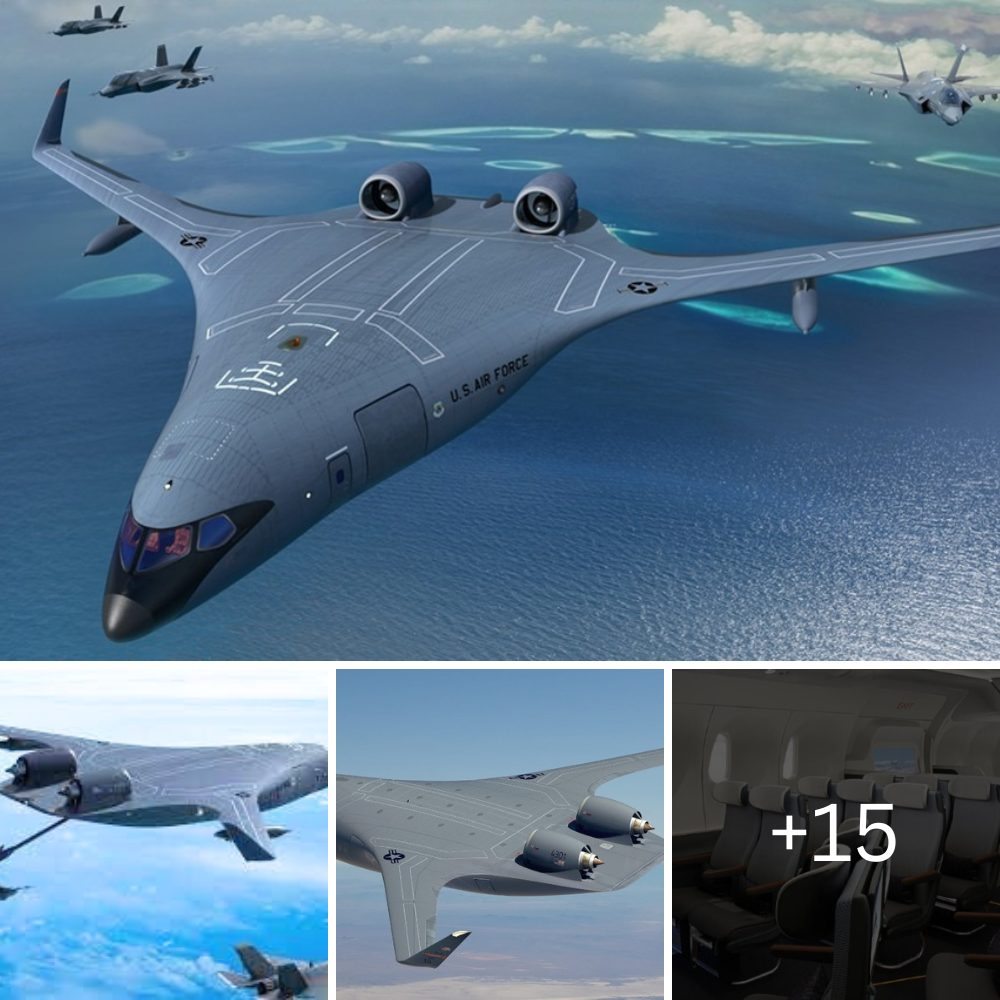
From a small office overlooking an airfield, once home to the UK’s first Spitfire squadron, a tiny British start-up is hoping to make a little history of its own – as one of the pioneers of commercial electrified aviation.
Faradair is planning to develop and sell a hybrid-electric passenger plane, aimed at the regional aviation market. It would have up to 19 seats and would be propelled by a fan driven by an electric motor. The necessary electricity would be provided by a small gas turbine.
In order to provide extra lift, and allow take-offs and landings from short runways, it would also have a triple level wing. This would give it a passing resemblance to a World War One fighter, despite having state-of-the-art aerodynamics.
The company’s chief executive, Neil Cloughley, argues that such a plane would have far fewer moving parts than a conventional propeller aircraft, making it cheaper to run. It would also be much quieter, and produce fewer emissions.
“Why do we not use aeroplanes like we would a bus?” he asks.
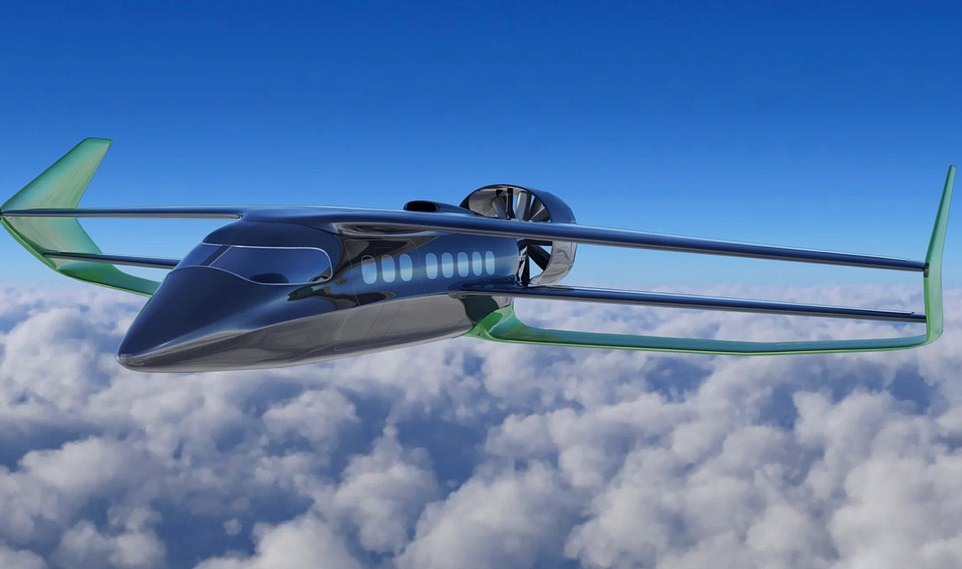
“The reason is cost of operation, primarily. Also if you start using lots of aeroplanes it creates a lot of noise, and of course we have now got into an age where sustainability really is a key part of our future.
“So we decided we would come up with an aircraft that would not only be economic to use, and therefore cost-effective, but would also be quiet and sustainable.”
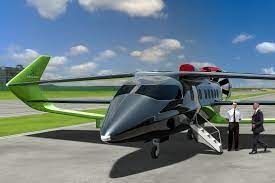
The Faradair design, he says, would allow short hops between cities such as London and Manchester for £25 each way – less than the cost of a rail ticket.
In more remote or inaccessible regions, meanwhile, such planes could provide a transport lifeline from small airstrips, avoiding the need for major investments in road or rail lines.
